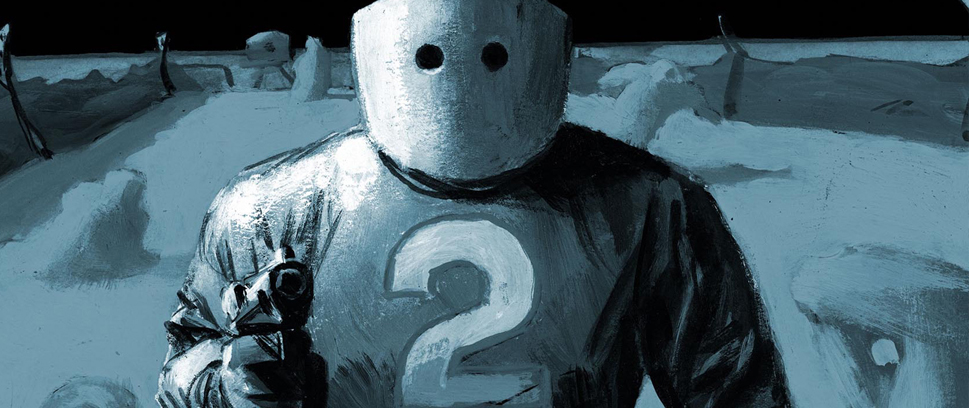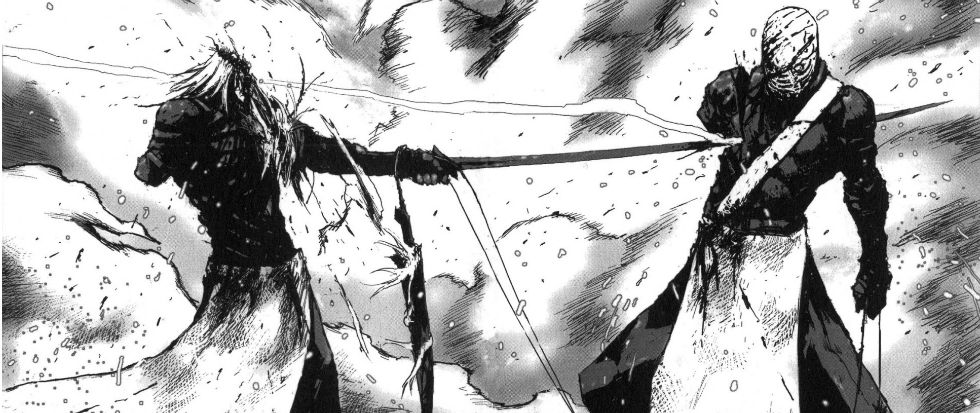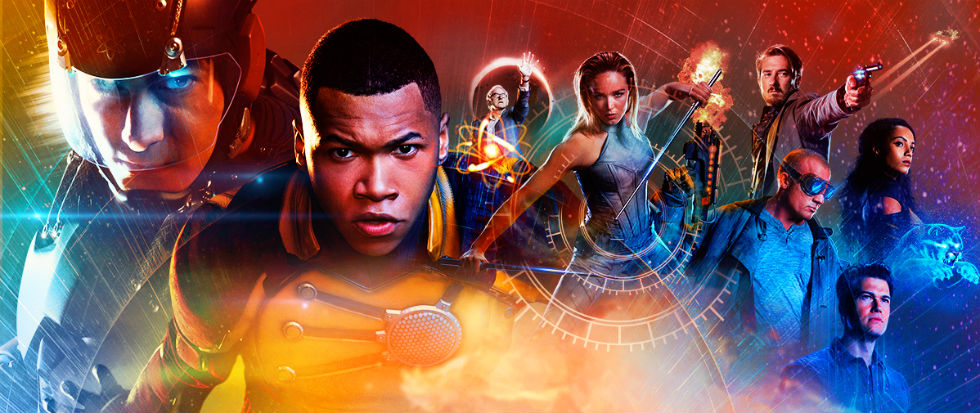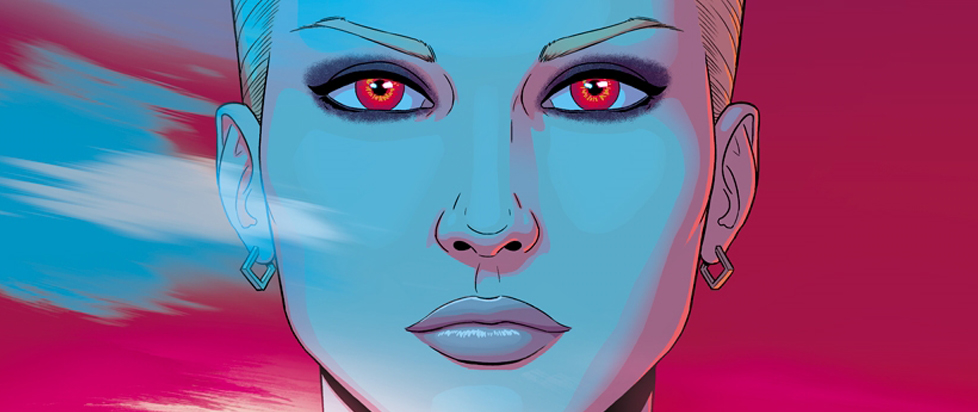
Jean-Marc Rochette Talks Snowpiercer
This year, Titan Comics will release the first English translation of the acclaimed French comic book series, Le Transperceneige. The first book, Snowpiercer Volume 1: The Escape, hits stores on January 29, 2014, ahead of Bong Joon-ho’s film adaptation.
The Snowpiercer is a train 1,001 carriages long. All human life exists only between its massive engine and its squalid final car. It travels in an endless loop through an eternal winter. Society’s elite travel in luxury at the front of the train while the poor live in the dank, miserable and overcrowded rear coaches. The story follows Proloff, a refugee from the tail. He has reached the front of the Snowpiercer and is determined never to go back. He hopes to reach the engine and perhaps, find some kind of hope or meaning.
Snowpiercer artist Jean-Marc Rochette was kind enough to speak to Unwinnable about Snowpiercer reaching a brand-new audience.
Unwinnable: First of all, congratulations on getting Snowpiercer to a new audience!
J.M.R.: Thanks a lot!
Unwinnable: How far back does your history go with the Snowpiercer series?
J.M.R.: I first met Jacques Lob in 1981.
Unwinnable: Without spoiling the book, Snowpiercer Volume 1: The Escape has a clear sense of finality to it. After you and Jacques Lob completed the first graphic novel, did you ever envision going beyond that first story?
J.M.R.: No, there was no plan to do a new book. For Lob and me, the book was finished – just a one-off, but after the death of Lob, I saw that Snowpiercer begun to sink into oblivion, and I had just one option – to make a new one in order to revive the book. But it was not easy for me, because I knew that for Lob, there was to be no sequel. So in my head I was worried that it was like treason. I hesitated for a long time. But I did it with a new storyteller, Benjamin Legrand, and now I know that it was the right decision. Indeed, without a sequel there would probably be no Korean translation, and Bong Joon-ho wouldn’t have read the book, and so there would be no film… That would be the end of the story…
Unwinnable: How did you two work in terms of storytelling? Did you work off a full script or an outline?
J.M.R.: Jacques Lob told me the gist of the story, as I think that at the start he didn’t know how the story would finish. We used to work for a magazine, on a monthly basis, and we worked it out month by month.
Unwinnable: Do you have a similar relationship with Benjamin Legrand?
J.M.R.: Absolutely not, as between Lob and me, there was a huge difference in age – he was old enough to be my father. Also, the story was his story – he asked me to work with him. Between Benjamin and me, there is only five years difference, and I asked him to work with me. I think this wasn’t easy for Benjamin Legrand to create a sequel to Jacques Lob’s work; it was a big challenge for him.
Unwinnable: I noticed that you use very few wide shots, choosing instead to use more medium and close-up shots, making the book more simultaneously intimate and terrifying. Would you tell us about your approach towards panel design for Snowpiercer?
J.M.R.: Yes I wanted to be very near the characters, in order that the audience can feel the confinement of this world, the proximity, to convey the feeling of how stifling it is.
Unwinnable: Did it evolve as the series went on?
J.M.R.: Yes there is a big difference between the book in 1981 I did with Lob, and those in 1998 and 1999 with Legrand. In 1981 I was very young – only 25 years old, and I tried to follow Alex Toth…and this was very hard for a young fellow…But almost 20 years after that, I felt more free, and, as I’d studied a lot of Chinese painting, my lines were more dynamic and maybe more vivid and “alive”.
Unwinnable: The socioeconomic issues covered in the book are all too relevant today. It feels fresh today, like a timeless post-apocalypse. How does it feel knowing your work is available to a brand-new audience?
J.M.R.: The big force of this story, I think, is that it is not a straightforward sci-fi graphic novel, but rather a timeless philosophical fable, which is always current, especially now, because the disparity between the living conditions of the poor and the rich has never been so great. I mean, this is the main reason for the huge success of Snowpiercer in Korea and in France, as the audience understands this story, because some of them live it…
———
Snowpiercer Volume 1: The Escape began its journey to the eyes of a whole new audience yesterday. You can find it at finer comic shops, or on the Internet. Next Snowpocalypse we get, Ian is jumping to the front of the train. Follow his progress on Twitter.





